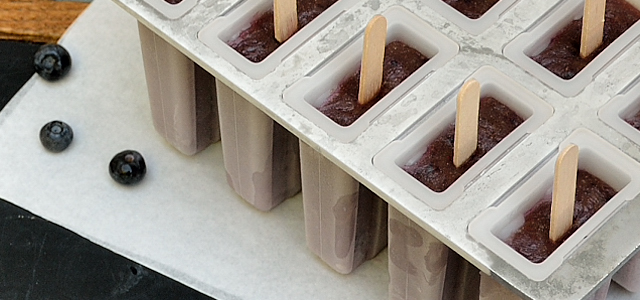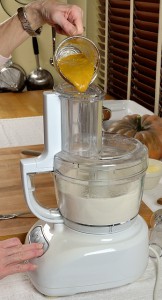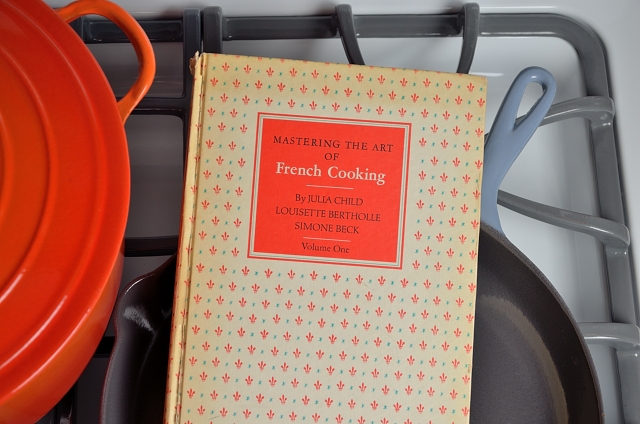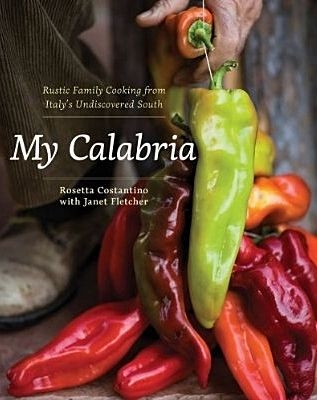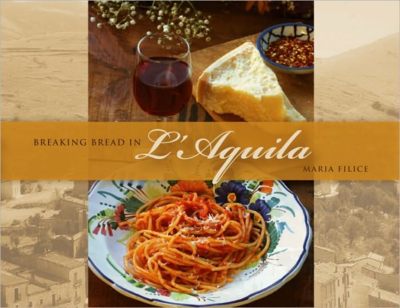
Before dawn on the morning of April 6, 2009 the town of L’Aquila in Italy’s Abruzzo region was struck by a violent 6.3 magnitude earthquake, terremoto in Italian. Townspeople awoke in terror as the walls of their homes, businesses, government buildings and churches collapsed around them. The air was cold, but the people of L’Aquila ran outside to safety in whatever they had on to escape falling debris. When the sun shone on the town, the devastation was virtually complete. Rubble was everywhere. The dead were lined up in rows, and rescuers from the Abruzzo Civil Authority and Ministry of the Interior, along with the town’s inhabitants, worked feverishly to save those trapped and to remove the dead from the rubble. 308 people died that day. As of June 2010 Italian government statistics tell us that 48,810 people who lived in L’Aquila and surrounding villages are as yet unable to return home. The reconstruction effort continues.
Maria Filice, author and food stylist has written Breaking Bread in L’Aquila, a collection of 49 recipes from the Abruzzo region. Ms. Filice, whose family hails from the region of Calabria has a deep and abiding love for the Abruzzo region and L’Aquila in particular; her late husband Paul Piccone was born in that beautiful city, and the two traveled often to the region.
Ms. Filice has produced a wonderful volume. Its recipes are divided into days of the week with a complete menu presented for each day. Mix and match as you will. I certainly do. The author has generously included sections on how best to use her book, her entertaining philosophy and a primer on Abruzzese wines along with pantry essentials and a most welcome measurement conversion chart. The photography and food styling are ravishing, and the reader is given a warm and enticing introduction to this majestic region, land of shepherds and the sea. My grandfather, Gaetano Crocetti was born in Abruzzo in 1894, so this book holds pride of place on my shelf.
The net proceeds from the sale of this book will be donated to the L’Aquila earthquake restoration efforts. With Christmas around the corner I cannot think of a better gift for the cook or Italophile in your life. It would be a gift for two, whomsoever receives the book and the people of L’Aquila.
I am pleased to share with you, reprinted here courtesy of Telos Press, Paul Piccone’s recipe for polpettine, little meatballs. I have also included Maria’s charming introduction. She serves these with her Tomato Sauce and an Abruzzese specialty, pasta alla chitarra. The polpettine are delectable and simple to make. Enjoy, and please support L’Aquila earthquake relief by purchasing a copy of Maria’s book.
Click here to purchase the book at Food & Fate
Check out Maria’s blog here.
Take a look at the Breaking Bread in L’Aquila Facebook page here.
Follow Maria on Twitter @FoodandFate
Pasta alla Chitarra con Polpettine di Paolo
(Pasta alla Chitarra with Paul’s Meatballs)
Paul’s meatballs were famous-not only for their flavor, but also for their size: he liked them small! Though, he was a fabulous cook, once he let me in the kitchen (and taught me how to make his favorites), he didn’t come back in. As queen of the kitchen, I began making his favorites, like this one. We would sometimes serve these meatballs on top of pasta alla chitarra, Abruzzo’s famous pasta. This is made with a pasta guitar (it looks like a harp) to produce squarish-shaped spaghetti. You can also use spaghetti or your favorite pasta. Growing up, my mother would serve it with our favorite rigatoni or penne pasta.
serves 6
3 cups of tomato sauce (see page 44 in the book)
1 pound ground pork
1 pound ground beef
2 eggs
1 ½ cup freshly grated Parmigiano cheese
1 tablespoon fresh Italian flat leaf parsley, chopped
1 cup bread crumbs (unseasoned)
1 clove garlic, minced
½ teaspoon fresh ground black pepper
2 teaspoons salt
1 pound of pasta alla chitarra (fresh)
3 tablespoons extra virgin olive oil
In a large bowl, combine the pork, beef, eggs, bread crumbs and 1 cup of the cheese. Add the parsley, garlic, salt and pepper and combine well. Using your hands, form quarter-sized meatballs and place them on a tray. (If the mixture is too stick, rinse your hands under cold water and leave them slightly damp.)
Heat the oil in a frying pan over medium heat. Fry the meatballs in batches, turning them frequently, until they form a nice brown crispy layer on the outside and are cooked through (approximately 10 to 12 minutes). Drain them on paper towels.
Heat the tomato sauce in a medium-sized pot over medium heat. Add the meatballs and cook on low heat for 30 minutes.
Using a large pot, cook the pasta according to the package instructions until it is al dente. Drain the pasta and return it to the pot. Add the sauce with meatballs and toss well. Top with remaining Parmigiano and serve.

